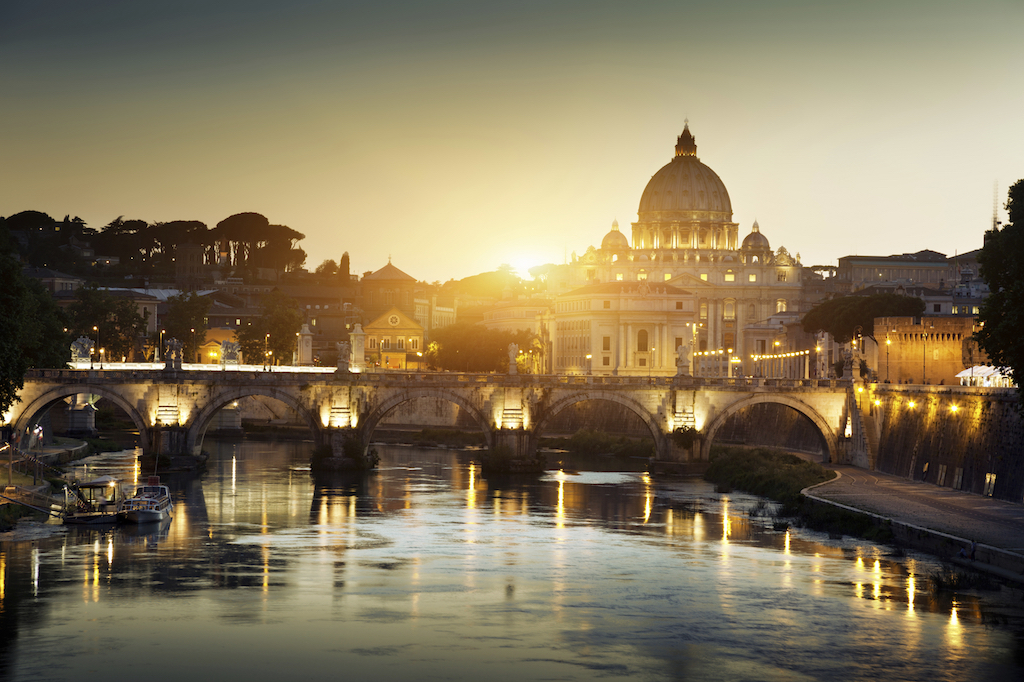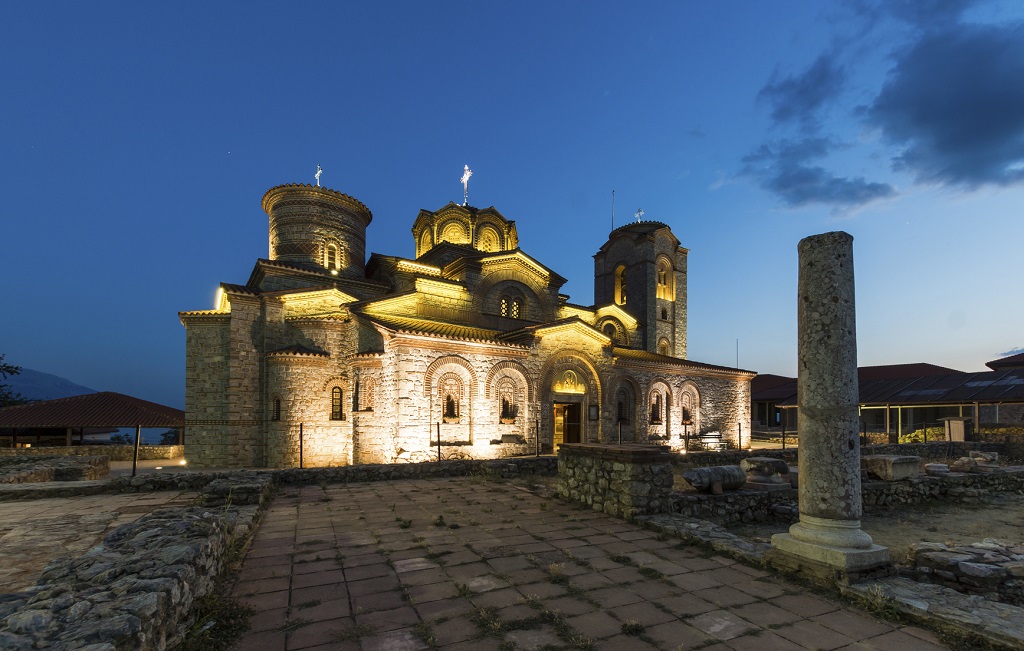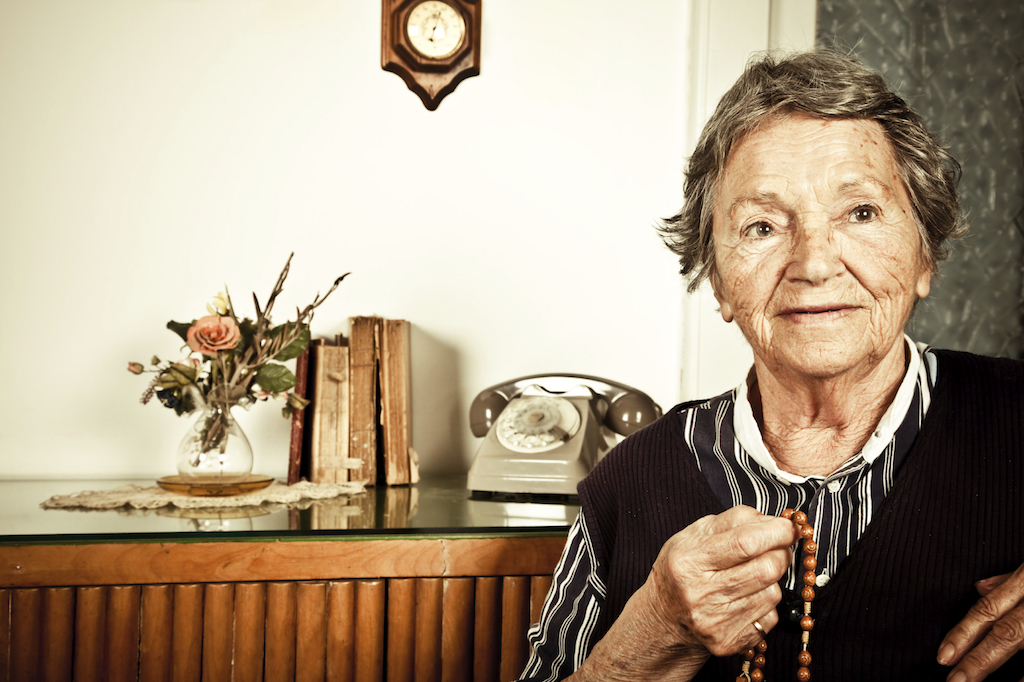Likely every Catholic reading this blog belongs to the Latin or Roman Rite. What does that mean? A “rite,” in liturgical-speak, is simply a church that celebrates the sacraments in a particular way. The different rites in the Church tend to have been created around certain cultural traditions, and those cultures have given the rites their own unique characteristics. However, these rites all recognize the supremacy of the pope, Scripture and Sacred Tradition. These rites are generally formed in two categories: Eastern and Western churches.
There are three major groupings of Rites based on this initial transmission of the faith, the Roman, the Antiochian (Syria) and the Alexandrian (Egypt). Later on the Byzantine derived as a major Rite from the Antiochian, under the influence of St. Basil and St. John Chrysostom. From these four derive the over 20 liturgical Rites present in the Church today.
This means that our faith, the Catholic faith, is truly universal. It also means that it encompasses more than most of us realize. For those of us belonging to the Roman or Latin rite, our main liturgy, the Mass, is celebrated either in Latin or in the local language. The “Ordinary Form” is in the local language, and takes its shape from the Missal after the Second Vatican Council. The Extraordinary Form is celebrated in Latin, using the Missal from 1962.
The rest of the Western rites are:
• Mozarabic – The Rite of the Iberian peninsula (Spain and Portugal) known from at least the 6th century, but probably with roots to the original evangelization. Beginning in the 11th century it was generally replaced by the Roman Rite, although it has remained the Rite of the Cathedral of the Archdiocese of Toledo, Spain, and six parishes which sought permission to adhere to it. Its celebration today is generally semi–private.
• Ambrosian – The Rite of the Archdiocese of Milan, Italy, thought to be of early origin and probably consolidated, but not originated, by St. Ambrose. Pope Paul VI was from this Roman Rite. It continues to be celebrated in Milan, though not by all parishes.
• Bragan – Rite of the Archdiocese of Braga, the Primatial See of Portugal, it derives from the 12th century or earlier. It continues to be of occasional use.
• Dominican – Rite of the Order of Friars Preacher (OP), founded by St. Dominic in 1215.
• Carmelite – Rite of the Order of Carmel, whose modern foundation was by St. Berthold c.1154.
• Carthusian – Rite of the Carthusian Order founded by St. Bruno in 1084.
The Eastern churches have their own hierarchy, but still recognize the supremacy and leadership of the Holy See (the Vatican). These churches date back to the Apostles, who followed Christ’s command to go forth and spread the Good News.
The first set of Eastern rite churches are known as Antiochian. These are the Syrian churches. (Please keep these churches and their congregations in prayer. They are experiencing deep persecution, and many Syrian Christians have had to flee their homes.) These churches include:
WEST SYRIAC
• Maronite – Never separated from Rome. Maronite Patriarch of Antioch. The liturgical language is Aramaic. The 3 million Maronites are found in Lebanon (origin), Cyprus, Egypt, Syria, Israel, Canada, US, Mexico, Brazil, Argentina and Australia.
• Syriac – Syriac Catholics who returned to Rome in 1781 from the monophysite heresy. Syriac Patriarch of Antioch. The 110,000 Syriac Catholics are found in Syria, Lebanon, Iraq, Egypt, Canada and the US.
• Malankarese – Catholics from the South of India evangelized by St. Thomas, uses the West Syriac liturgy. Reunited with Rome in 1930. Liturgical languages today are West Syriac and Malayalam. The 350,000 Malankarese Catholics are found in India and North America.
EAST SYRIAC
• Chaldean – Babylonian Catholics returned to Rome in 1692 from the Nestorian heresy. Patriarch of Babylon of the Chaldeans. Liturgical languages are Syriac and Arabic. The 310,000 Chaldean Catholics are found in Iraq, Iran, Syria, Lebanon, Egypt, Turkey and the US.
• Syro–Malabarese – Catholics from Southern India using the East Syriac liturgy. Returned to Rome in the 16th century from the Nestorian heresy. Liturgical languages are Syriac and Malayalam. Over 3 million Syro–Malabarese Catholics can be found in the state of Kerela, in SW India.
In the early 300s A.D., the Emperor Constantine established the Eastern center for the church in Constantinople. These churches developed liturgical practices based on St. James the Apostle and later, St. John Chrysostom. These include the Armenian rite and Byzantine rite churches.
Finally, there are the Alexandrian rites: Coptic and Ethiopian/Abyssinian. Their liturgies date back to the teachings of St. Mark the Evangelist.
So what does this mean for us, the average Catholic church-goer? It means that we belong to a much larger spiritual family that most of us likely realized. It also means that we should learn about these rites; they are part of our heritage as well. Their art, music, and deep cultural histories are not only fascinating, but they have the potential to deeply enrich each of our spiritual lives. Finally:
All the rites of the Catholic Church are of equal dignity and equally valid. Attendance at a different rite fulfills the Sunday obligation. The Catholic Church is truly universal since it unites so many diverse rites, whose members share a common faith.
It is truly a joy to be able to celebrate our common faith with our Eastern brothers and sisters. Knowing a bit more about these rites gives us the opportunity to learn more about our Faith history, cultures, languages and to see how the Holy Spirit has informed and inspired God’s people around the world.
[Photo above: St. Panteleimon at Lake Ohrid in Macedonia.)




